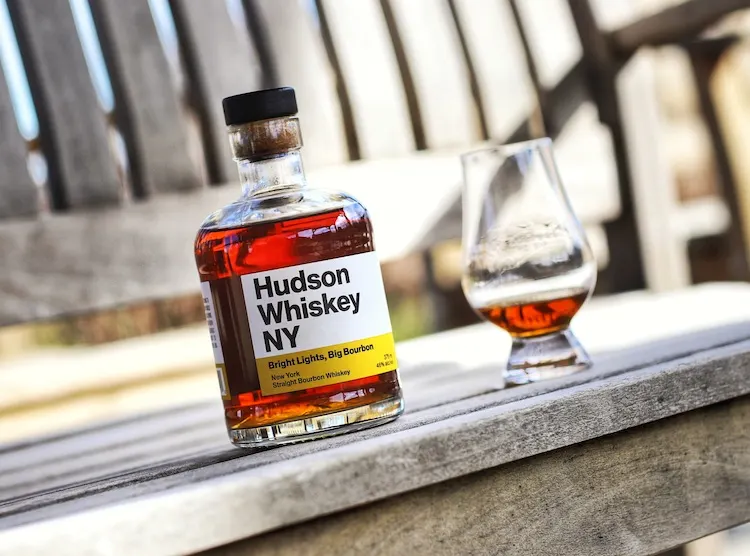| Don't like ads? | No ads |
*Bourbon Culture is reader-supported. When you buy through links on our site, we may earn an affiliate commission.
If you read my reviews often, then you know I often speak about the explosion of craft distilleries opening up all across the United States over the past 10 years. In fact, about 3/4 of those distilleries have only recently opened in the last 5 years.
Hudson Whiskey was one of those OG’s of craft distilling who began distilling back when the trend was a trickle instead of a flood. Up until that point, a majority of the public still believed that bourbon could only be produced in Kentucky. It was Hudson’s pride in being a New York brand that changed that perception.
Hudson Baby Bourbon
One of Hudson’s earliest products was Hudson Baby Bourbon. This youthful bourbon managed to sell based on clever marketing techniques and fierce territorial pride from their locals rather than because it was actually good. My previous review of it was not kind and I took a lot of flak from those who had a fierce loyalty to the brand.
But their main beef wasn’t that I was wrong about what I said, it was that so many reviewers already trashed it. The reason why I wrote the review with such a strong, one-sided opinion is because I felt as if many of the review websites that normally “tell it like it is” with young craft whiskey had suddenly received a full-frontal lobotomy when it came time to rate it. To put it in more simple terms, it felt like they had sold out.
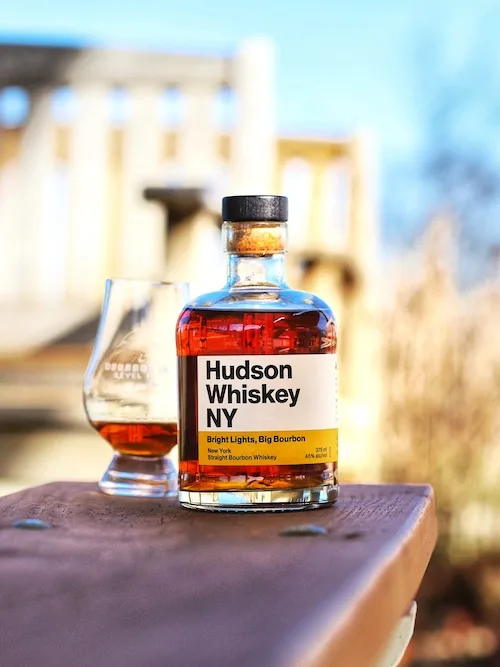
Ownership changes came when Tuthilltown Distillery (the name of the distillery that makes Hudson products) was bought out by Scottish distilling giant William Grant & Sons in the spring of 2017. WG&S saw the potential in having an American Distillery in their portfolio and saw that Hudson Distilling had a lot of room to grow.
Large investments into the marketing and distilling equipment occurred almost immediately. The increase in capacity allowed Hudson to lay down more whiskey and with that came the ability to fill up much larger barrels.
Previously they had been using barrels as small as 3 gallons but now they were able to switch to the 53-gallon variety. The underlying message of the switch was meant to signal that they intended to age their products for much longer now.
The distillery re-branded their core lineup in late 2020 as the new whiskey came of age. Gone was the 100% corn mashbill that Hudson Baby Bourbon used and in its place was a new mashbill that uses 95% corn and 5% malted barley.
Bright Lights, Big City
They also changed the name to “Bright Lights, Big City.” If that doesn’t sound like a name you’d give to a bourbon, I’m right there with you. But Hudson explains it away by saying that they want to be different from the other guys both in attitude and the way they market their whiskey. I suppose by giving it a name like that, they have achieved their objective.
Hudson knows that they can’t rely on a rebranding alone to sell new bottles, so a vast marketing team was assembled. Whatever went on during their brainstorming sessions, some of the most impressive looking media boxes that I’ve ever seen came out as a result.
Opening mine up revealed a hat, t-shirt, canvas bag, enameled shaker, brass bottle opener and two bottles of their whiskey. The box felt like opening up a new pair of shoes and was very impressive to receive. If I could award their marketing team a gold star, I would.
Moving on back to the whiskey, though… Bright Lights, Big City is labeled a Straight Bourbon, but it does mention that it has been aged for “at least 3 years” on the label, which makes sense considering the timeline of when William Grant & Sons bought them, rolled in new equipment and began aging this bourbon.
So now that we know the backstory behind this bourbon, let’s get to the tasting and see if all of these changes have made it a worthwhile bottle to buy. I sampled this neat in a glencairn.
Tasting Notes
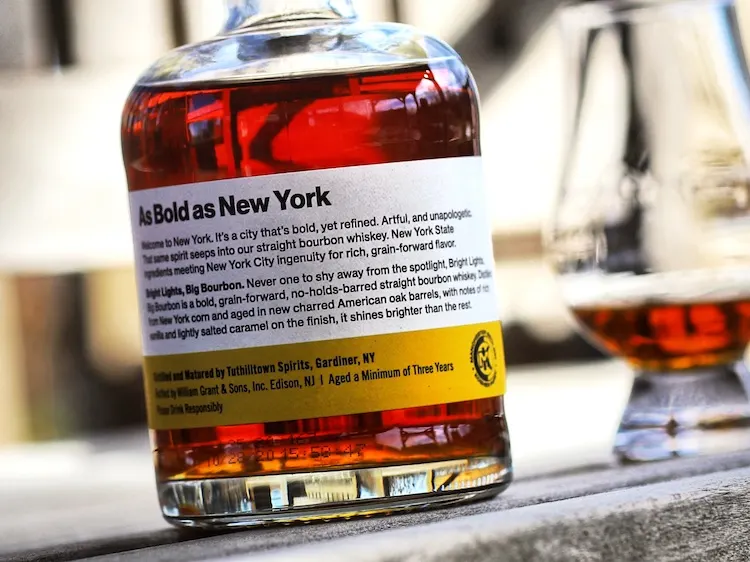
Nose: Sweet creamed corn scents butt up against youthful notes like green wood, sharp cinnamon and lots of botanical scents. The rest of the nose has pretty standard traits of caramel sauce and some light vanilla.
On a positive note, the young, grainy scents that I found in previous Hudson products have been toned down considerably with this release.
Palate: Astringent, dry oak hits my tastebuds first. Other sharp notes include nail polish remover, ethanol and shoe polish. Flavors of cooked grains and grilled corn on the cob can be identified through those initial harsh elements while spices like star anise, white peppercorns and cinnamon pop on your tongue providing a kick of heat.
Finish: The finish is somewhat short and center around drying oak, unbuttered popcorn and a hint of mint. I could be mistaking the mint for ethanol, but I’m unsure. Cracked black pepper adds some of the spice to the end that is less indicative of its proof and more like a byproduct from the lack of age.
Score: 4/10
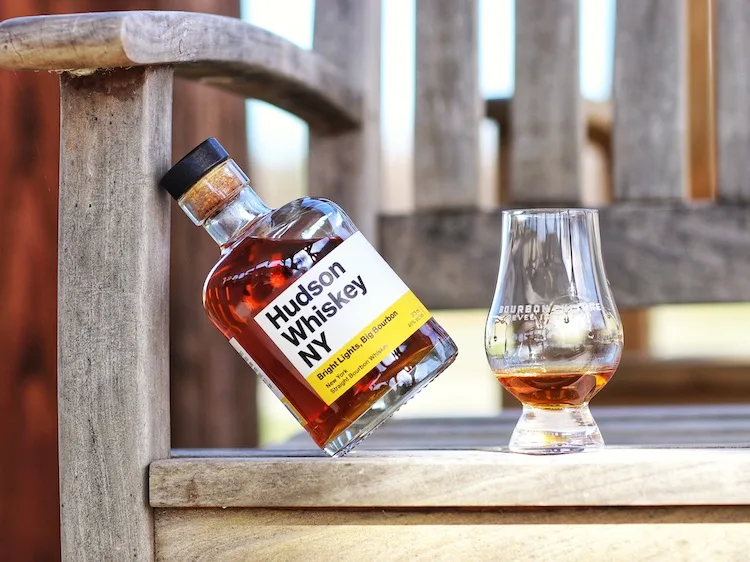
Overall, Hudson is showing a step in the right direction with Bright Lights, Big City but it still has a long way to go. I have a hard time enjoying most (American) whiskies that have been aged in regions that have cooler climate than those of Kentucky or further south.
This has a lot to do with the fact the distillate doesn’t get pushed into the oak as much or as long during the summer months as it would in a hotter climate. I figure that if it was given enough time, it could achieve the desired effect. But for a bourbon that is 3 years old, it is nowhere close to achieving that quality just yet.
Writing about and reviewing craft whiskey is so hard these days. It seems like if you tell it like it is to the little guys, then you’re being cruel. But if you shower them with praise, you’re a liar. The truth is that craft distilleries need to hear both in order to keep growing and producing better products.
Some craft distilleries realize it themselves and end up abandoning their old methods for new ones once they reach a spot where they can adjust without completely going underwater. That usually comes with a rebrand/reboot much like what Hudson has done here.
But for all the more they have worked to improve their whiskey, it still tastes far too young and costs too much for me to recommend right now. The transition to 53-gallon barrels was the right move and I’m sure we’ll see it pay off more in the future. As it stands, this bourbon needs more time in the barrel before I’d start calling its future “bright.”
Ratings Breakdown
1 | Disgusting | Drain pour (Example: Jeffers Creek)
2 | Poor | Forced myself to drink it
3 | Bad | Flawed (AD Laws 4 Grain BiB, Clyde Mays anything)
4 | Sub-par | Many things I’d rather have (Tincup 10 year)
5 | Good | Good, solid, ordinary (Larceny, Sazerac Rye)
6 | Very Good | Better than average (Buffalo Trace, OGD BiB)
7 | Great | Well above average (Old Ezra Barrel Proof, Old Weller Antique)
8 | Excellent | Exceptional (Michter’s Barrel Proof Rye, Four Roses Barrel Strength)
9 | Incredible | Extraordinary (GTS, 13 Year MGP or Canadian Rye)
10 | Insurpassable | Nothing Else Comes Close (William Larue Weller)
Featured Products
- Neat Traveler

- View Larger
- Description:The Aged & Ore Neat Traveler is a complete travel kit for spirits. We combined our widely praised Neat Glass with one of our 3oz Flight Bottles and housed them together in a custom EVA travel case. Perfect for a night away with your favorite pour. The tie
- Bottle Flight
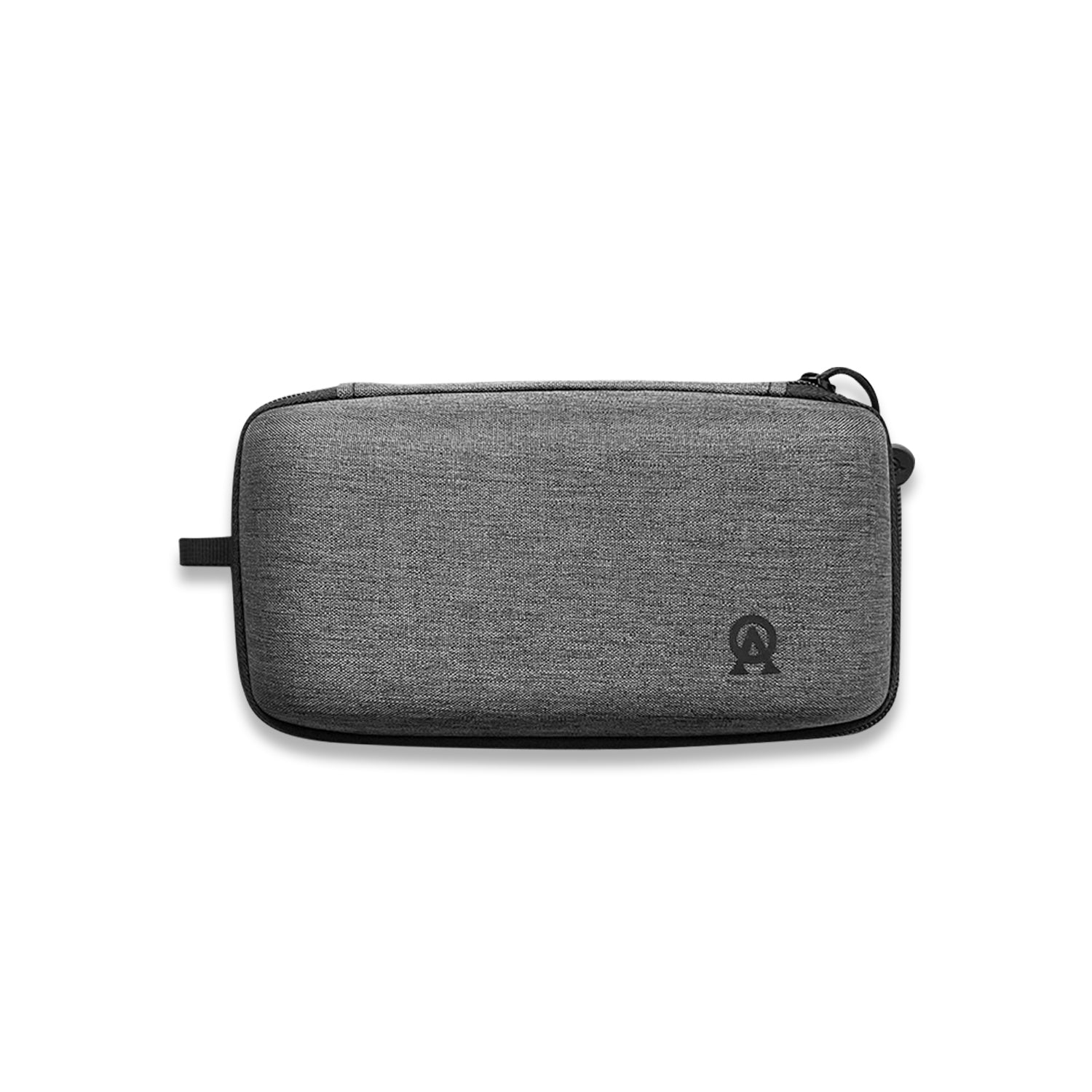
- View Larger
- Description:The Aged & Ore Bottle Flight is a premium set of 4 custom silicone wrapped glass bottles designed to transport and share samples of your favorite spirits. The flight bottles come in a custom EVA travel case that fits perfectly in any small bag. An Aged &
- Travel Bundle
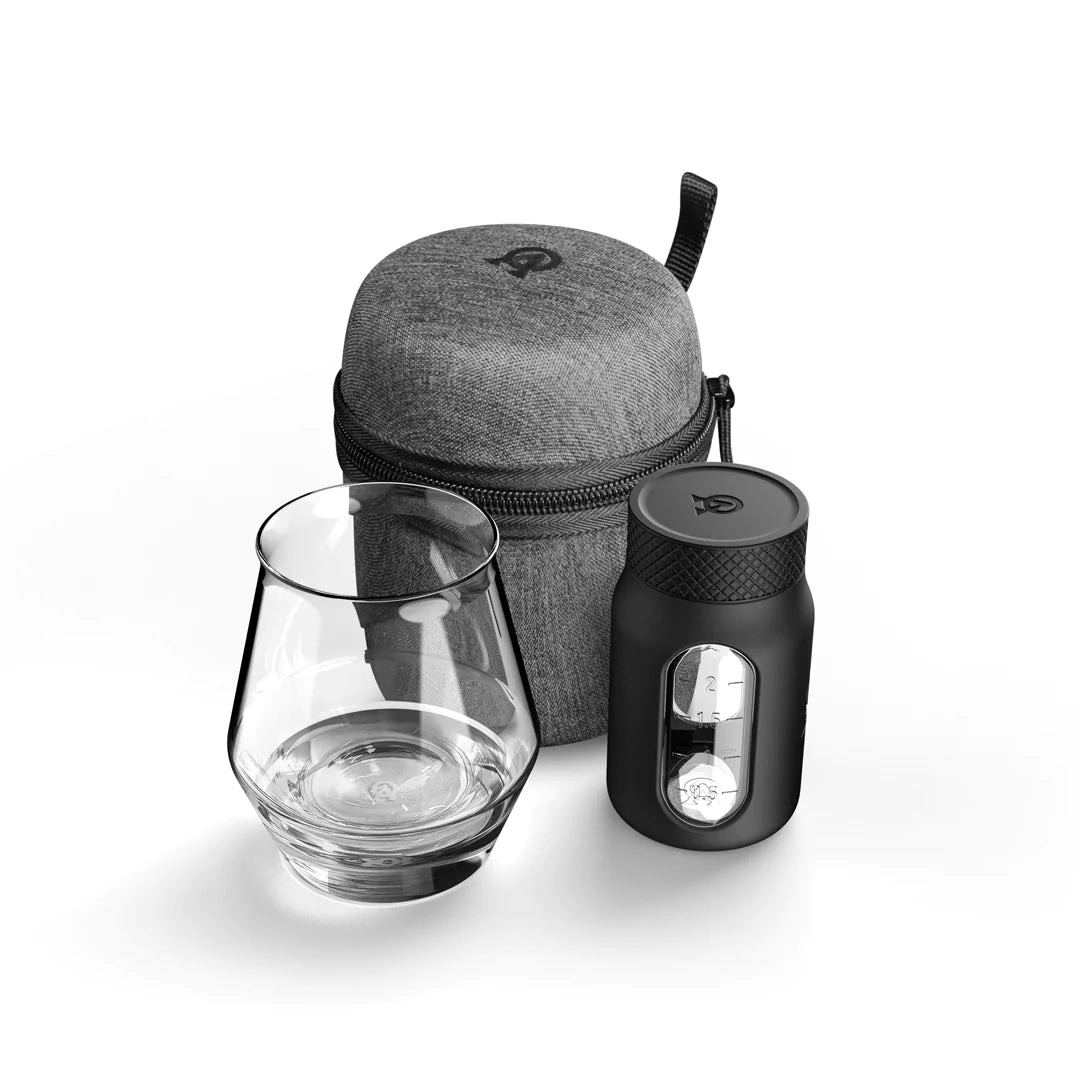
- View Larger
- Description:This Bundle combines two of our crowd favorite products, creating the ultimate travel bundle to bring along your favorite spirits and glassware. Bundle Includes: Neat Traveler (Gray) Bottle Flight (Gray) Note: This bundle is only available in gray and col
*Bourbon Culture is reader-supported. When you buy through links on our site, we may earn an affiliate commission.

